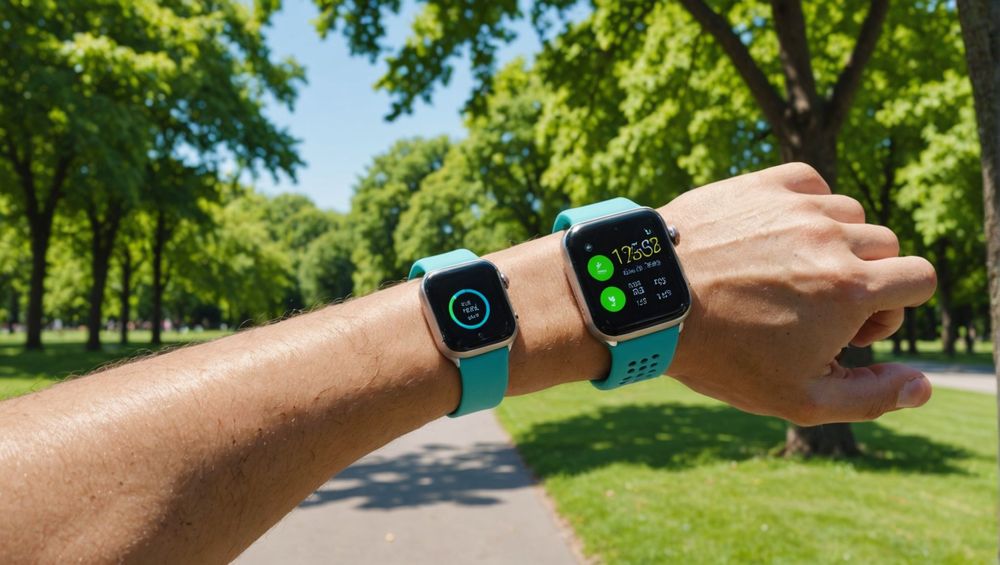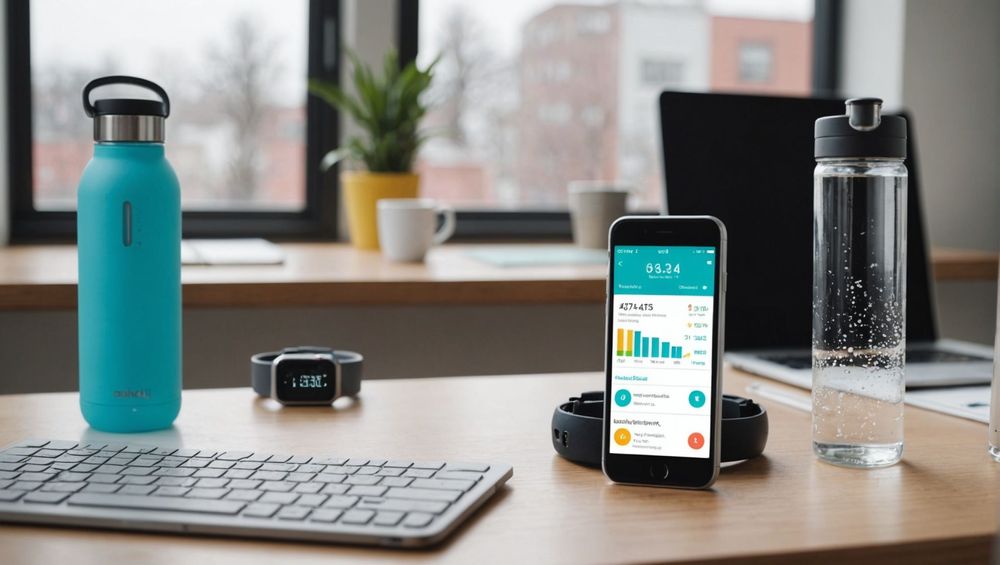The evolution of fitness trackers has seamlessly transitioned into the rise of smartwatches, marking a significant turning point in wearable technology. Initially designed to monitor physical activity and health metrics, fitness trackers have morphed into multifunctional devices that now offer advanced capabilities, merging the line between fitness monitoring and smartwatch functions. This article explores how fitness trackers developed over time and highlights the features and implications of today’s smartwatches.
The Beginnings of Fitness Trackers

Fitness trackers began to emerge in the early 2000s, primarily focusing on simple metrics such as step count and calorie expenditure. The introduction of devices like the Fitbit in 2009 marked a pivotal moment in personal health monitoring, democratizing access to fitness data for the average consumer. These simple devices utilized accelerometer technology to track movement, encouraging users to become more active and health-conscious. Over the years, features evolved to include heart rate monitoring, sleep tracking, and even GPS functionality. As more consumers sought wellness insights, companies began to innovate, incorporating more advanced sensors and technology into their devices.
The Transition to Smartwatches

The transition from basic fitness trackers to smartwatches began around the mid-2010s, fueled by advancements in technology and consumer demand for multifunctional devices. Smartwatches like the Apple Watch and Samsung Galaxy Watch offered not just fitness tracking capabilities but also seamless integration with smartphones, enabling calls, texts, and app notifications right from the wrist. This convergence of functions transformed the way people interact with their devices, making smartwatches an essential accessory for tech-savvy consumers. Additionally, smartwatch developers have focused on enhancing user interface designs, providing more intuitive interactions that greatly improve user experience. As a result, smartwatches have garnered broad appeal, appealing not only to fitness enthusiasts but a much wider audience.
Key Features of Modern Smartwatches
Today’s smartwatches boast an array of features that extend beyond basic fitness tracking, competing more directly with traditional smartphones. Here are some key features that distinguish modern smartwatches from their earlier counterparts:
- Health Monitoring: In addition to standard fitness metrics, many smartwatches now offer advanced features like ECG readings, blood oxygen monitoring, and stress tracking.
- Smartphone Integration: Real-time notifications for calls, texts, emails, and social media allow users to stay connected without constantly checking their phones.
- Customizable Apps: Users can download a wide range of applications tailored to their interests, from fitness and health to travel and finance.
- Voice Assistants: Built-in voice assistants such as Siri and Google Assistant enable users to perform actions hands-free, enhancing convenience.
- Longer Battery Life: With advancements in battery technology, many modern smartwatches now last days on a single charge, addressing one of the critical limitations of early models.
The Impact on Lifestyle and Health
The emergence of smartwatches has significantly impacted lifestyle choices and personal health management. By providing users with real-time health data and activity reminders, these devices encourage users to adopt healthier habits, promote regular exercise, and manage stress more effectively. Studies have shown that wearable technology can increase physical activity levels and positively influence overall health. Furthermore, the social aspect of sharing fitness achievements within apps or social media can foster a motivating community environment for users. This shift in how we engage with our health creates a proactive approach to wellness, as individuals are guided by data rather than guessing their progress.
Conclusion
The evolution from basic fitness trackers to sophisticated smartwatches reflects the broader trend of technology integration into daily life. As these devices continue to develop, the distinctions between fitness monitoring and smartphone capabilities diminish. Smartwatches have transformed into essential tools for health management, communication, and lifestyle enhancement. The future promises further advancements, sparking excitement about what will come next in wearables and their influence on personal well-being.
FAQs
1. What is the primary difference between a fitness tracker and a smartwatch?
The primary difference lies in functionality; fitness trackers focus solely on health metrics and activity tracking, while smartwatches offer a broader range of features, including communication and app integration.
2. Can smartwatches be used for swimming?
Many modern smartwatches are water-resistant and designed for swim tracking, offering features like lap counting and stroke detection.
3. Do I need a smartphone to use a smartwatch?
While many smartwatches can function independently, they generally provide more features and functionality when connected to a smartphone.
4. How do smartwatches impact fitness goals?
Smartwatches provide real-time data and reminders, which can motivate users to stick to their fitness goals through encouragement and accountability.
5. Are there any downsides to using smartwatches?
Potential downsides include the risk of over-dependence on technology, battery life limitations, and occasional privacy concerns regarding health data tracking.





